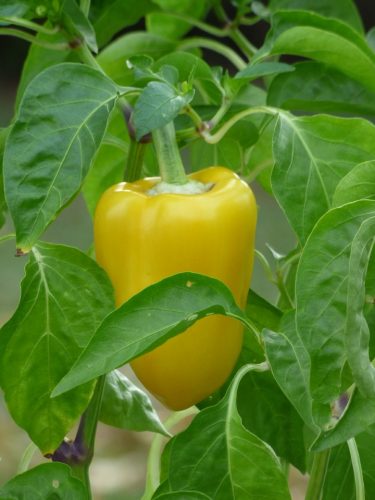The paprika is not very suitable for temperate regions. However in a sunny, sheltered spot or in a greenhouse, cultivation is possible.
Also known as:
Capsicum
Bell pepper
Sweet pepper
Mango
You are viewing the mobile-adapted version of the page.
The one for tablets, laptop and desktop also provides general information, such as origin and cultivation.
Paprika (Capsicum annuum), family of the pe
It takes a lot of sun and heat for paprikas to ripen. Sometimes green paprikas simply do not discolor because they lack sun and heat in a cool summer – or because they are green paprikas.
Bugs
Leaf young plants are eaten: snails and slugs.
Shiny spots on leaf, on the underside are insects: thrips (Thysanoptera).
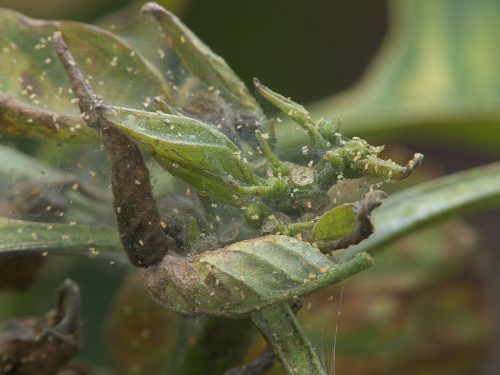
Dot-shaped spots on the leaves, mites on the underside: red spider mite (Tetranychus urticae).
Curled leaves; in some places there is an aphid of about 2 mm in size: Green peach aphid (Myzus persicae).
Leaf shows holes, warty spots on peppers or paprikas: Common green capsid (Lygocoris pabulinus).

Earwigs still like to hide in the hollow paprikas.

Holes in the paprika; a larva of the False codling moth (Thaumatotibia leucotreta) is found inside.
Fungi & diseases
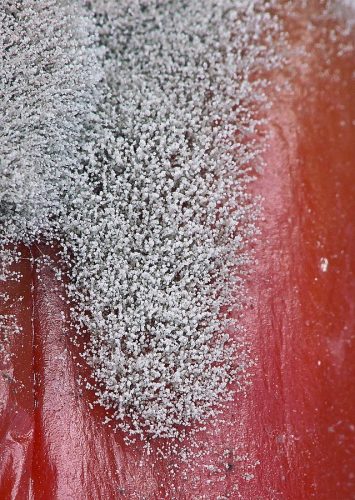
Stems yellowing and weakening, gray mold fluff: gray mold (Botrytis ssp.).
Gray-brown colored rot on the stems: Sclerotinia disease (Sclerotinia sclerotiorum).
Small, irregular light green spots on the leaves: powdery mildew.
Wet, rotten spots at the base of the stem: Fusarium foot rot (Fusarium solani).
Leaf is affected, irregular small, pale green spots appear: powdery mildew caused by the fungus Leveillula.
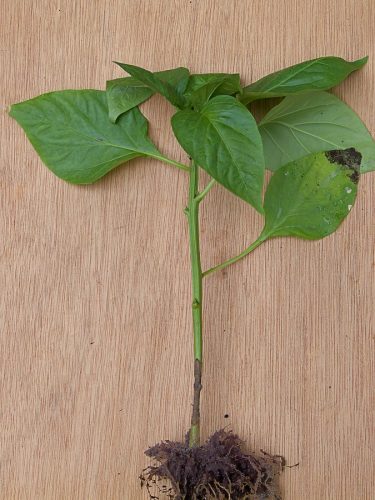
Plant wilts, leaves then die and roots turn brown or black: root rot (Rhizoctonia solani).
Other
Leaf stalks grow from leaf axils: offshoots inadequately removed – thinning.
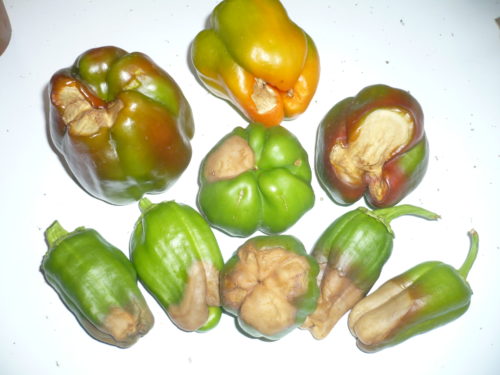
Deepened, brown spots on the bottom or top of the paprika (blossom end rot): calcium deficiency.

